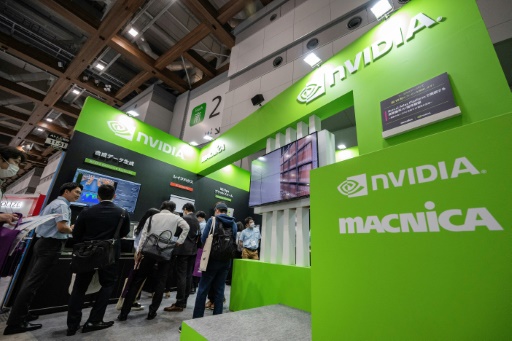As computational power drives scientific breakthroughs and technological innovation, supercomputers stand as the pinnacle of human engineering achievement.
The latest Top500 list, the definitive ranking of the world’s most powerful supercomputers, reveals a transformative shift on the high-performance computing (HPC) scene, with Nvidia as the dominant force reshaping the boundaries of what’s possible in scientific computing.
The convergence of traditional supercomputing with AI has ushered in a new paradigm, where the raw processing power of GPUs meets the sophisticated demands of AI algorithms.
This fusion is particularly significant as researchers worldwide grapple with increasingly complex challenges—from unravelling the mysteries of quantum mechanics to modelling climate change scenarios and accelerating drug discovery pipelines.
Nvidia’s Hopper architecture GPUs have become the cornerstone of this evolution, powering an overwhelming majority of new supercomputing installations.
This dominance represents more than just a technological achievement; it marks a fundamental shift in how we approach scientific computing.
Traditional metrics of success in supercomputing, such as FLOPS (floating-point operations per second), are giving way to more nuanced measures that consider AI capabilities, energy efficiency, and application-specific optimisation.
This transformation reflects the changing nature of scientific research itself, where success increasingly depends on the ability to process vast datasets, run complex simulations and leverage AI models at unprecedented scales.
Accelerated computing and mixed precision
Of the 53 new systems added to the Top500 list, 87% are accelerated, with 85% of these using Nvidia Hopper GPUs.
-
384 systems on the TOP500 list are powered by Nvidia technologies
-
87% of new systems on the list are accelerated, with 85% using Nvidia Hopper GPUs
-
Nvidia released cuPyNumeric, enabling 5 million developers to scale to powerful computing clusters
-
Nvidia-accelerated systems deliver 190 exaflops of AI performance and 17 exaflops of FP32
-
8 of the top 10 most energy-efficient supercomputers use Nvidia accelerated computing
These GPUs are driving progress in critical areas such as climate forecasting, drug discovery and quantum simulation.
Nvidia emphasises that accelerated computing goes beyond simply measuring floating point operations per second (FLOPS).
It requires full-stack, application-specific optimisation.
To this end, the company has announced the release of cuPyNumeric, a CUDA-X library that allows over 5 million developers to scale to powerful computing clusters without modifying their Python code.
The company has also made significant updates to its CUDA-Q development platform, which enables quantum researchers to simulate quantum devices at previously unattainable scales.
The rise of mixed-precision computing and AI in supercomputing is evident in the latest Top500 list.
According to the data, a total of 249 exaflops of AI performance are now available to Top500 systems, supercharging innovations and discoveries across industries.
This shift reflects a global change in computing priorities, with AI and mixed-precision floating-point operations becoming increasingly important in scientific research and technological development.
Sustainability in supercomputing
As computational demands grow, so does the need for energy-efficient solutions.
Nvidia’s accelerated computing platform appears to excel in this area as well.
On the Green500 list, which ranks the world’s most energy-efficient supercomputers, systems with Nvidia accelerated computing occupy eight of the top 10 positions.
One standout example is the JEDI system at EuroHPC/FZJ, which achieves 72.7 gigaflops per watt, setting a new benchmark for performance and sustainability in supercomputing.
The emphasis on sustainability is not limited to energy efficiency.
Nvidia has also announced two new Nvidia NIM microservices for Nvidia Earth-2, a digital twin platform for simulating and visualising weather and climate conditions.
These microservices, CorrDiff NIM and FourCastNet NIM, can accelerate climate change modelling and simulation results by up to 500x.

“Accelerated computing is actually the most energy-efficient platform that we’ve seen for AI but also for a lot of other computing applications,” says Josh Parker, Senior Director of Legal – Corporate Sustainability at Nvidia.
“The trend in energy efficiency for accelerated computing over the last several years shows a 100,000x reduction in energy consumption. And just in the past two years, we’ve become 25x more efficient for AI inference. That’s a 96% reduction in energy for the same computational workload.”
Explore the latest edition of Technology Magazine and be part of the conversation at our global conference series, Tech & AI LIVE.
Discover all our upcoming events and secure your tickets today.
https://technologymagazine.com/articles/how-nvidia-dominated-the-top500-list-with-ai-supercomputers






